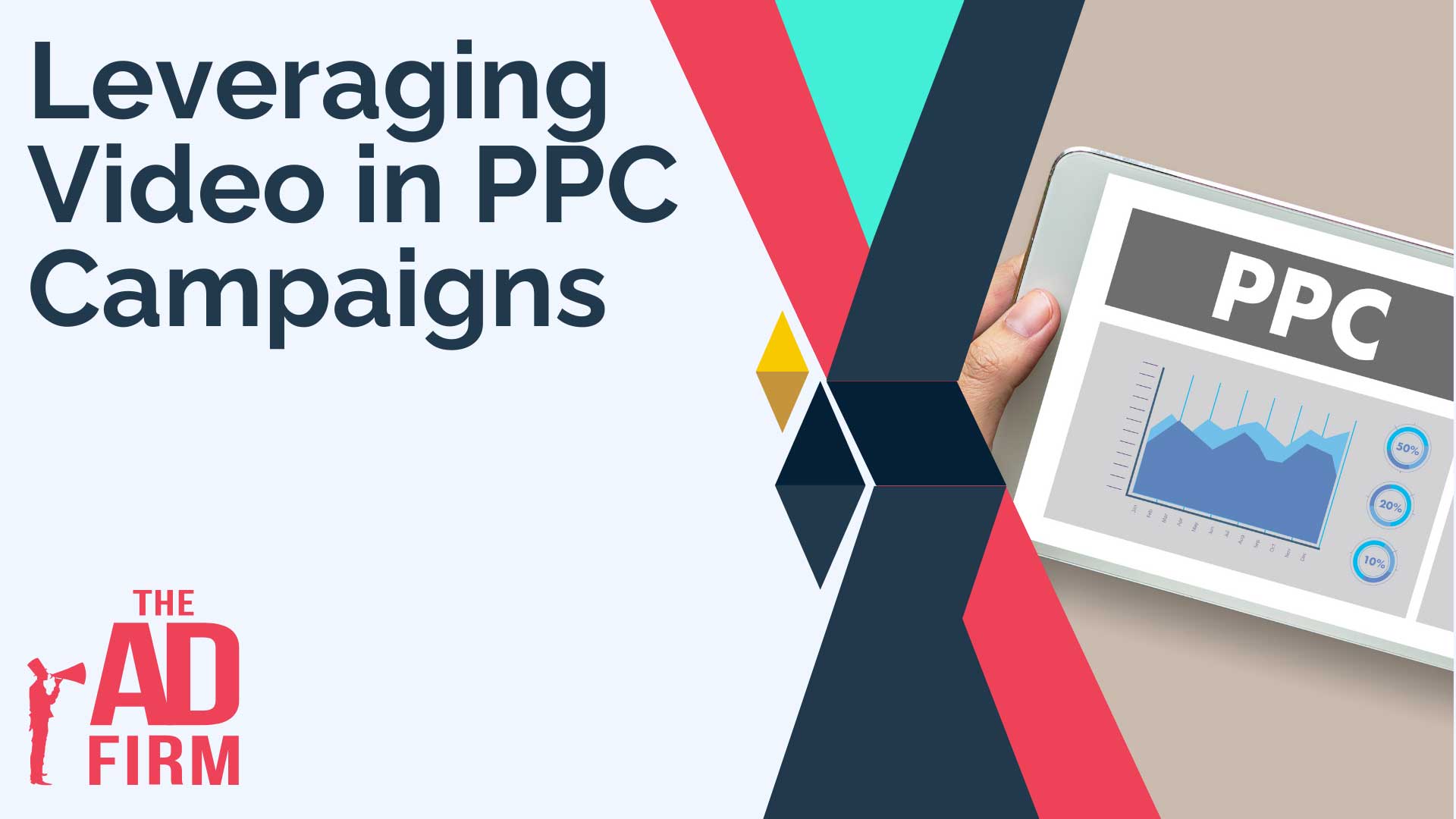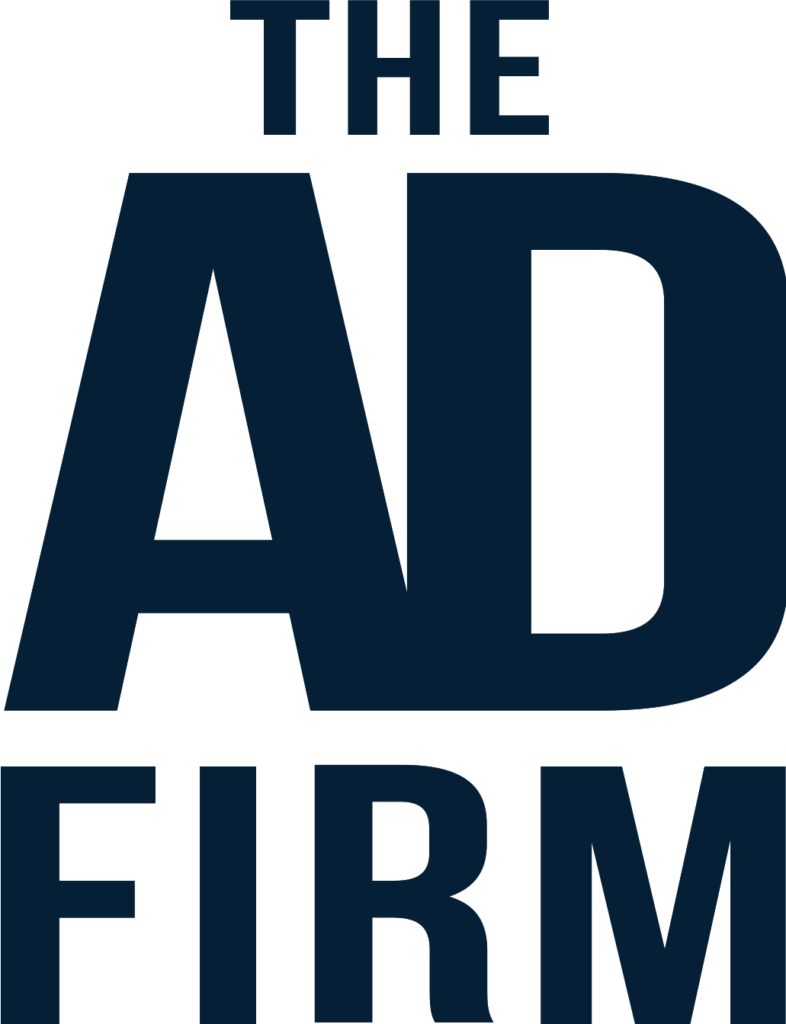With the wealth of media formats available online, pay-per-click (PPC) campaigns are more diverse than ever before. You can explore anything from augmented or virtual reality to sponsored articles to promote your business. But atop these stand videos, which have been shown to rake in massive engagements for organic and PPC campaigns alike.
Video content can be short and entertaining or comprehensive and explanatory. Wherever it is on the storytelling spectrum, it’s no doubt an audience, brand, and PPC management agency favorite. However, like every other media format for advertisements, it does come with a few caveats.
You see, leveraging video for PPC campaigns isn’t as straightforward as it always seems. Certain advantages and disadvantages come with it and depending on how you manage your campaigns, the results may veer one way or the other for you. In this article, we’ll discuss these along with common pitfalls to avoid and tips to run more effective video ads.
Advantages of Leveraging Video in PPC Campaigns
Using videos for your PPC campaigns offers a unique and compelling way to reach and engage more audiences. These qualities make them invaluable to PPC, where catching attention and compelling immediate action are the main goals. Let’s explore the specific advantages of incorporating video into your PPC campaigns.
- Enhanced Brand Awareness: Video is a powerful tool for achieving brand awareness goals for your PPC campaigns. With it, you can convey your brand personality, values, and products to a massive audience of internet users.
With video making up 82% of all internet traffic (Cisco, 2022), you can easily boost your brand awareness by leveraging it in PPC campaigns, and 90% of marketers will agree (Filmora, 2024).
- Better Engagements: As a dynamic media format, videos effectively capture audience attention and compel engagements.
In fact, a survey from Lemonlight reveals that 60% of marketers find engagement to be the most important metric to track for videos, and for good reason. Results from a Wyzowl survey of video marketers reveal that 86% of them believe video helps increase traffic on their websites. Additionally, the same report reveals that 83% of video marketers believe it also helps increase dwell time on websites.
This simply means that people who watch videos find themselves wanting to visit and stay on a website — results that are becoming harder to achieve in an ever distracted online environment.
- Higher Conversion Rates: Videos have been shown to significantly boost conversion rates in PPC campaigns. In fact, Unbounce reports that businesses that uses videos for marketing experience 34% higher conversion rates than those that don’t.
Videos provide a clear, concise way to showcase a product’s features and benefits, making it easier for potential customers to understand and decide. This clarity and immediacy can effectively shorten the sales cycle and lead to higher conversion rates.
- Better Return on Investment (ROI): 90% of marketers report that video marketing helps boost ROI (Wyzowl, 2024).
Investing in video content for PPC campaigns often leads to a higher return on investment (ROI). Videos can explain complex products or services more efficiently than text, reducing customer confusion and return rates. According to Aberdeen Group, companies that use video marketing grow their revenue 49% faster year-over-year than those that don’t. This statistic underscores the financial benefits of integrating video into PPC strategies.
READ ALSO: AI and PPC: How Automation is Shaping the Future of Paid Advertising
Disadvantages of Leveraging Video in PPC Campaigns
While videos offer numerous benefits for PPC campaigns, it’s crucial to manage their potential disadvantages effectively to ensure they don’t undermine your strategy. Understanding and addressing these challenges can help you maximize the advantages of video content while minimizing potential drawbacks. Here are some key disadvantages to consider and how to manage them effectively.
1. Higher Production Costs
Producing high-quality video content can be significantly more expensive than creating text or image-based ads. The costs associated with video production include scripting, filming, editing, and possibly hiring professional talent or purchasing equipment.
To manage costs, start with a clear budget and plan. Utilize affordable video creation tools and software, or consider outsourcing to freelancers or agencies that offer competitive rates. Additionally, repurpose existing content into videos or use user-generated content to reduce production expenses.
2. Longer Production Time
Video content typically requires more time to produce than other forms of content. This longer production timeline can delay campaign launches and make it challenging to respond quickly to market changes.
Plan your video content well in advance and establish a streamlined production process. Use project management tools to keep track of deadlines and ensure all team members are aligned. Create a content calendar to schedule video production and releases efficiently.
3. Technical Challenges
Videos can present various technical challenges, such as ensuring compatibility across different devices and platforms, optimizing load times, and maintaining high-quality playback.
Test your videos on multiple devices and platforms to ensure compatibility. Optimize video files for faster loading by compressing them without sacrificing quality. Use a reliable video hosting service that supports smooth streaming and playback across different devices.
4. Potential for Lower Engagement if Not Done Right
If videos are not engaging, relevant, or well-produced, they can lead to lower engagement rates and even deter viewers from interacting with your brand.
Focus on creating high-quality, relevant, and engaging content. Understand your target audience’s preferences and tailor your videos accordingly. Use compelling storytelling, clear messaging, and strong calls-to-action to keep viewers interested. A/B test different video formats and styles to determine what resonates best with your audience.
5. Bandwidth and Data Usage Concerns
Videos require more bandwidth and data than text or images, which can be a concern for users with limited internet access or data plans. This can lead to a higher bounce rate if users experience slow load times or buffering.
Optimize video files for faster loading times and ensure they are mobile-friendly. Offer different video quality options to accommodate users with varying internet speeds. Additionally, provide transcripts or summaries of video content for users who prefer to consume information in text form.
Pitfalls to Avoid and Maximize Video in PPC Campaigns
Leveraging video in PPC campaigns can yield significant benefits, but certain common pitfalls can undermine your efforts if not addressed. Understanding and avoiding these pitfalls can help ensure your video campaigns achieve their full potential. Here are some common mistakes to watch out for and how to avoid them:
- Using the Wrong File Format: Using an incorrect file format can lead to compatibility issues, poor video quality, and longer load times. Common mistakes include using outdated formats or those not supported by major platforms.
Always save your videos in widely accepted formats such as MP4, which offers a good balance between quality and file size. Ensure your video encoding settings match the platform’s requirements where your ad will be displayed.
- Incorrect Video Dimensions and Aspect Ratio: Failing to use the correct video dimensions and aspect ratio can result in black bars on the sides, cropping of important content, or a distorted video. This can negatively affect user experience and engagement.
Research the recommended dimensions and aspect ratios for the platforms you’re using. For instance, YouTube prefers a 16:9 aspect ratio, while Instagram Stories requires a 9:16 aspect ratio. Creating multiple versions of your video for different platforms ensures optimal display and user experience.
- Poor thumbnail selection: A poorly chosen thumbnail can fail to capture viewer attention, leading to lower click-through rates. Thumbnails that are blurry, irrelevant, or unappealing can deter potential viewers.
Select a high-quality, relevant thumbnail that accurately represents the content of your video. Use vibrant colors, clear imagery, and if possible, include a compelling text overlay to entice viewers to click.
- Ignoring mobile optimization: Not optimizing videos for mobile devices can result in a subpar viewing experience for a large portion of your audience, as mobile internet usage continues to rise.
Ensure your videos are mobile-friendly by using appropriate file sizes, resolutions, and ensuring fast load times. Test your videos on various mobile devices to confirm they display correctly and perform well.
- Inaccurate audience targeting: Failing to accurately target your audience can lead to your video ads being shown to people who are not interested in your product or service, resulting in wasted ad spend.
Utilize detailed audience targeting options available on PPC platforms. Define your target audience based on demographics, interests, behavior, and past interactions with your brand. Continuously monitor and adjust your targeting settings to ensure your ads reach the most relevant audience.
- Weak call to action:A weak or unclear CTA can leave viewers unsure of what to do next, reducing the effectiveness of your video ad.
Craft a strong, clear, and compelling CTA that tells viewers exactly what action you want them to take. Place the CTA prominently in the video and reinforce it with accompanying text or graphics.
- Lack of closed captions or subtitles: Not including captions or subtitles can alienate viewers who watch videos with the sound off or those who are hearing impaired. Always include captions or subtitles in your videos. This not only makes your content accessible to a wider audience but also helps convey your message even when the sound is off.
Final Thoughts on Video in PPC Campaigns
As we wrap up our exploration of video content in PPC campaigns, we encourage you to take the insights gained here and apply them creatively to your own strategies. The digital marketing landscape is dynamic, and by experimenting with video, you may discover new ways to connect with your audience and enhance your campaigns.
If you’re looking for deeper insights or need tailored advice, consider reaching out to The Ad Firm. Our team of PPC experts specializes in crafting effective digital marketing strategies that cater to the unique needs of each client. Whether you’re just starting out or looking to refine your existing campaigns, The Ad Firm is here to help you navigate the complexities of PPC advertising with clarity and precision.









